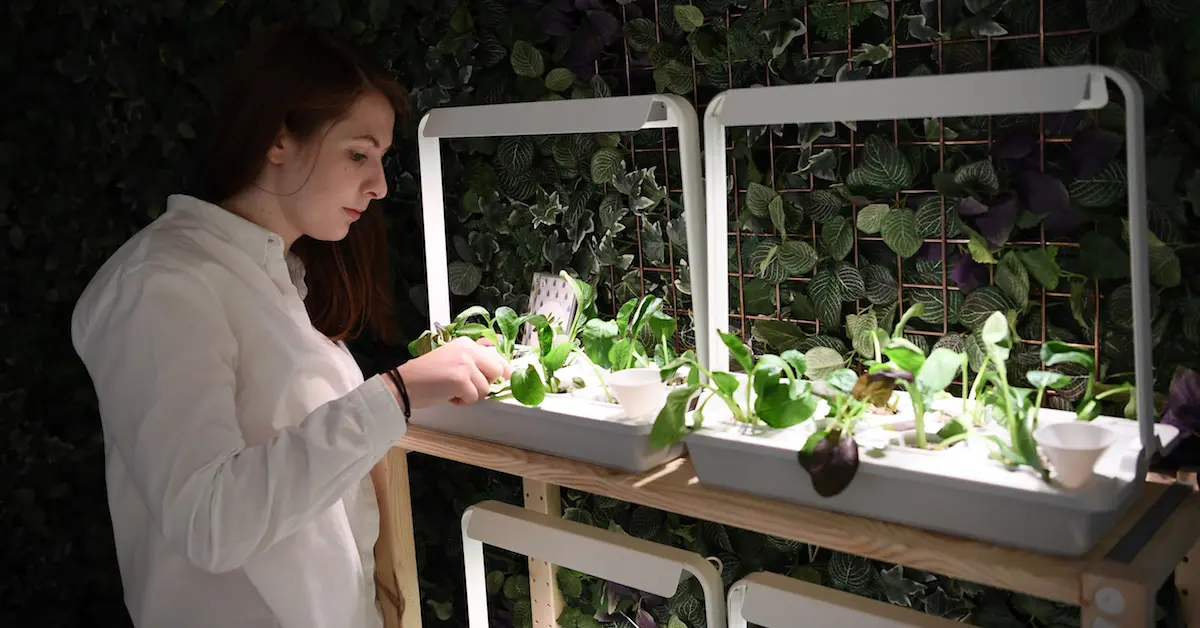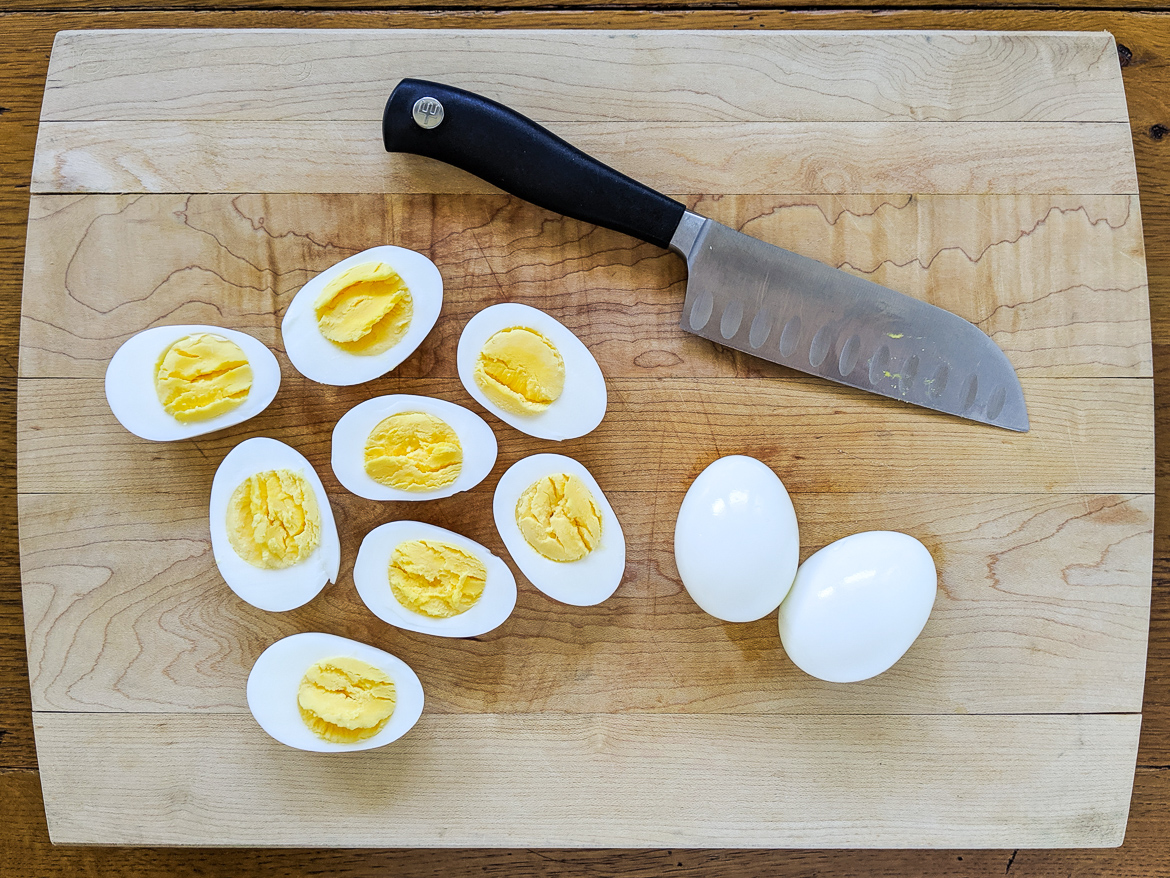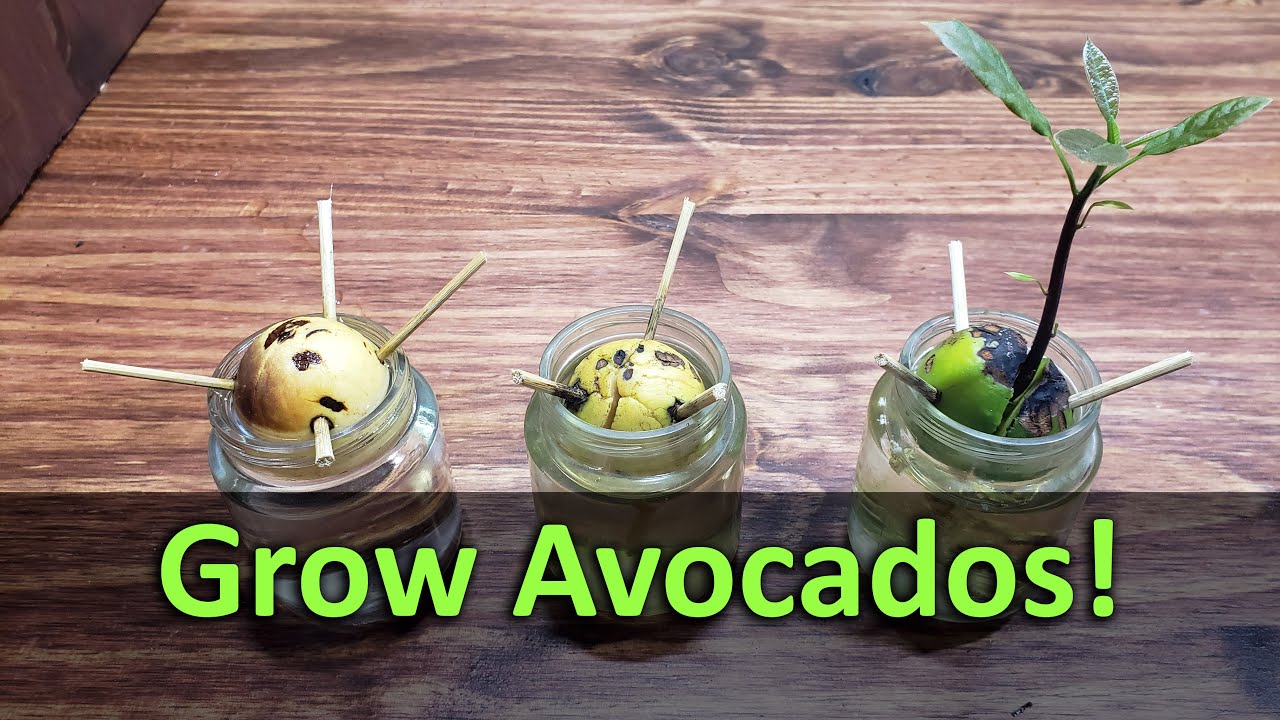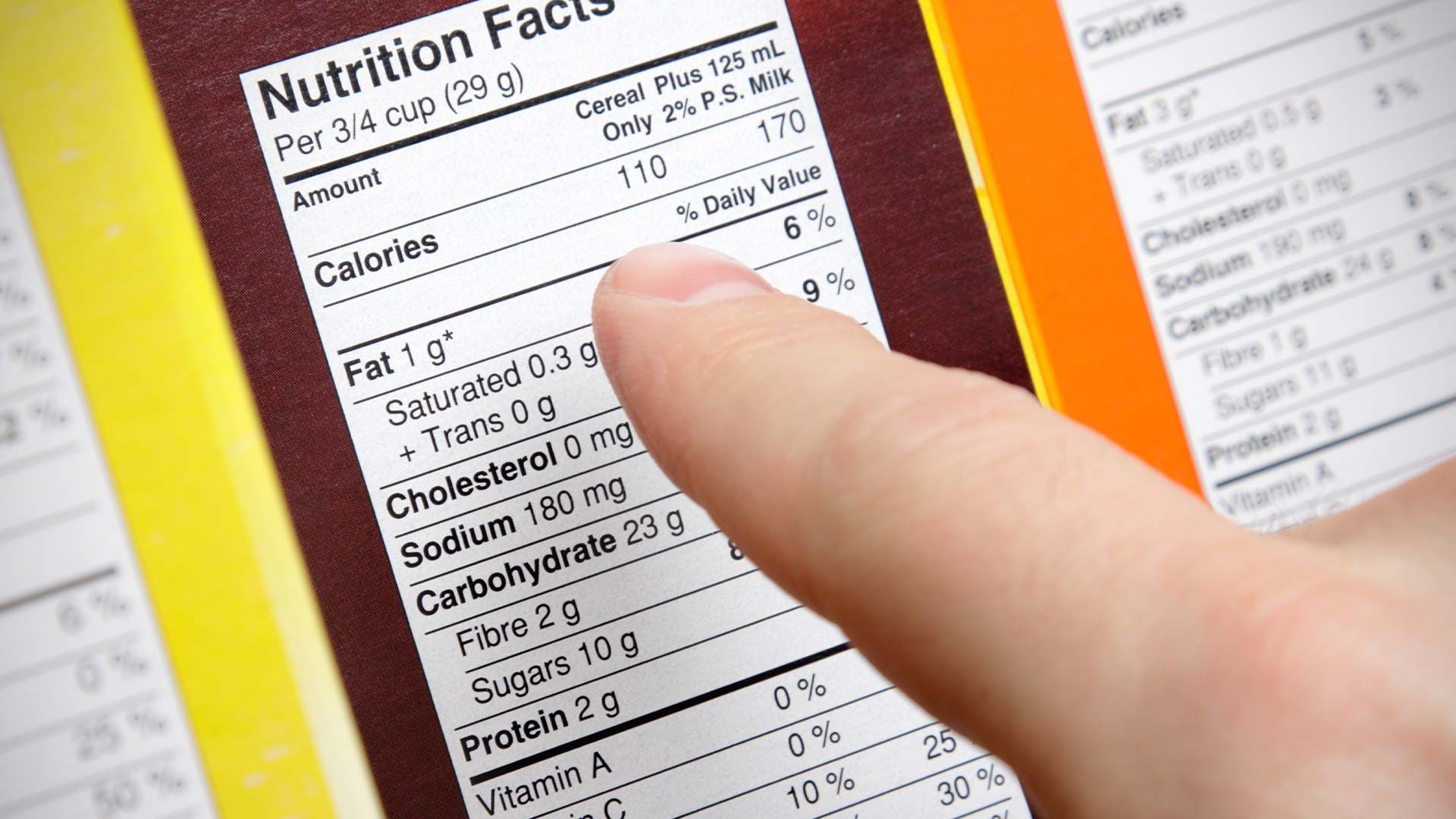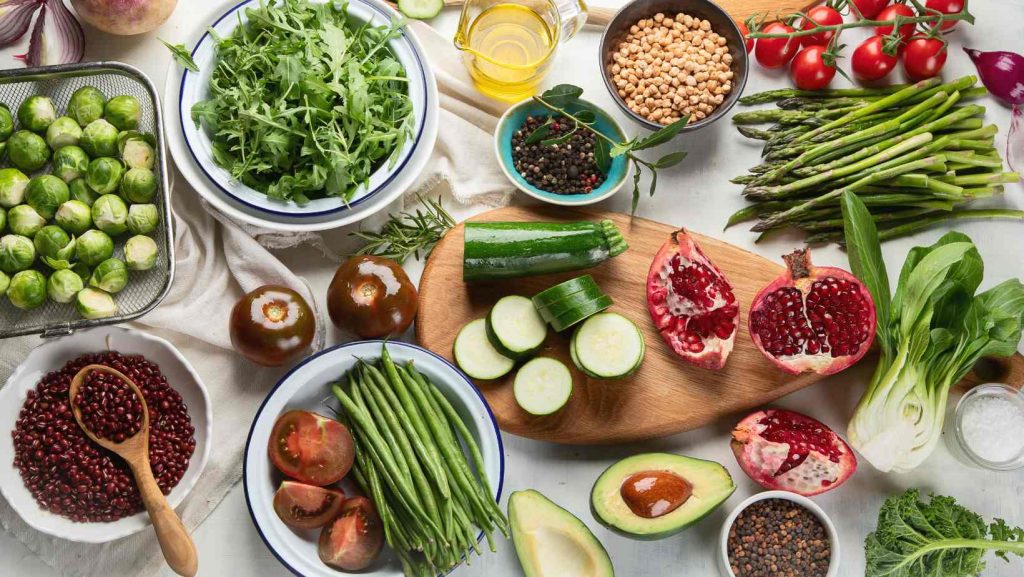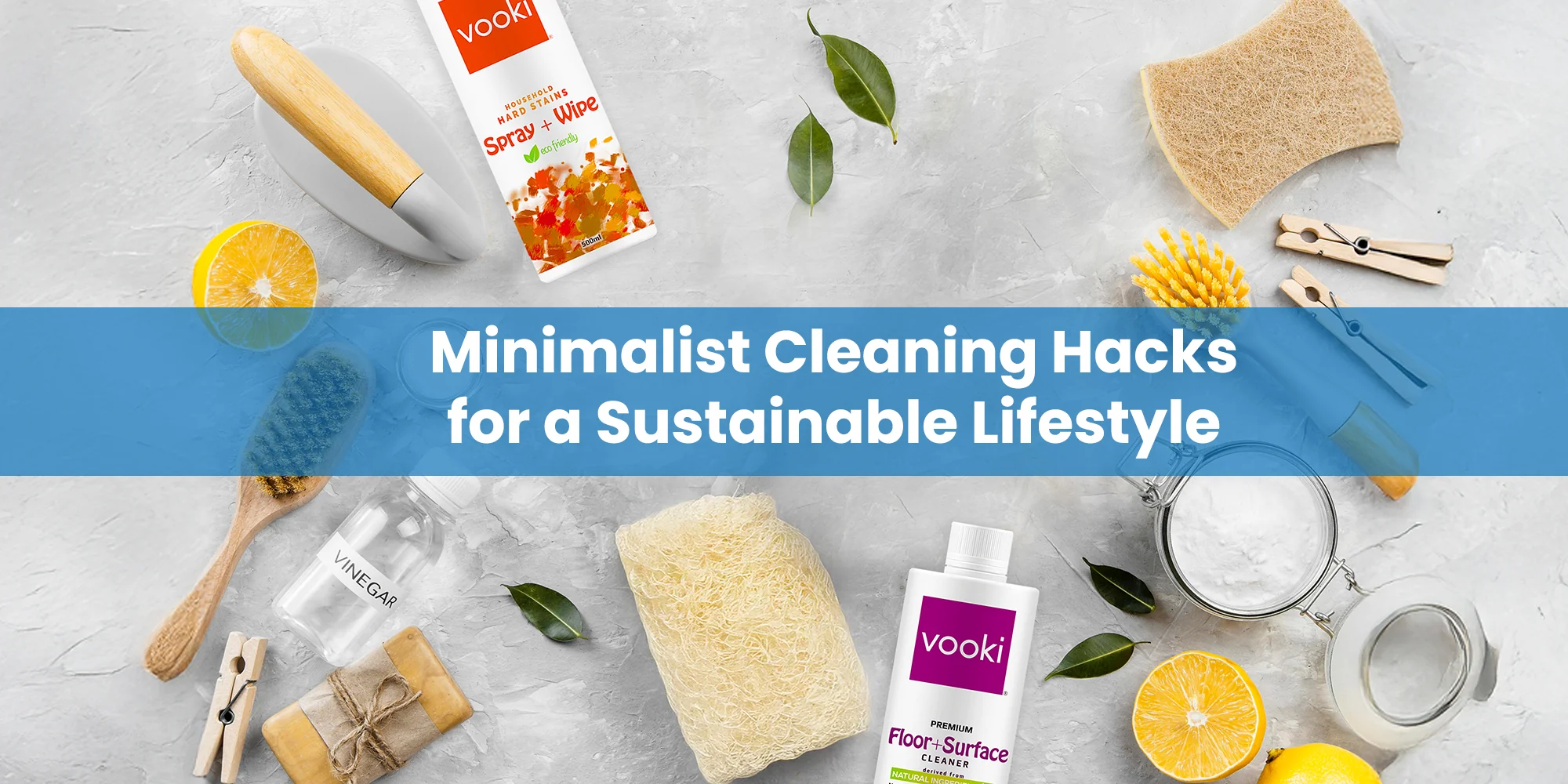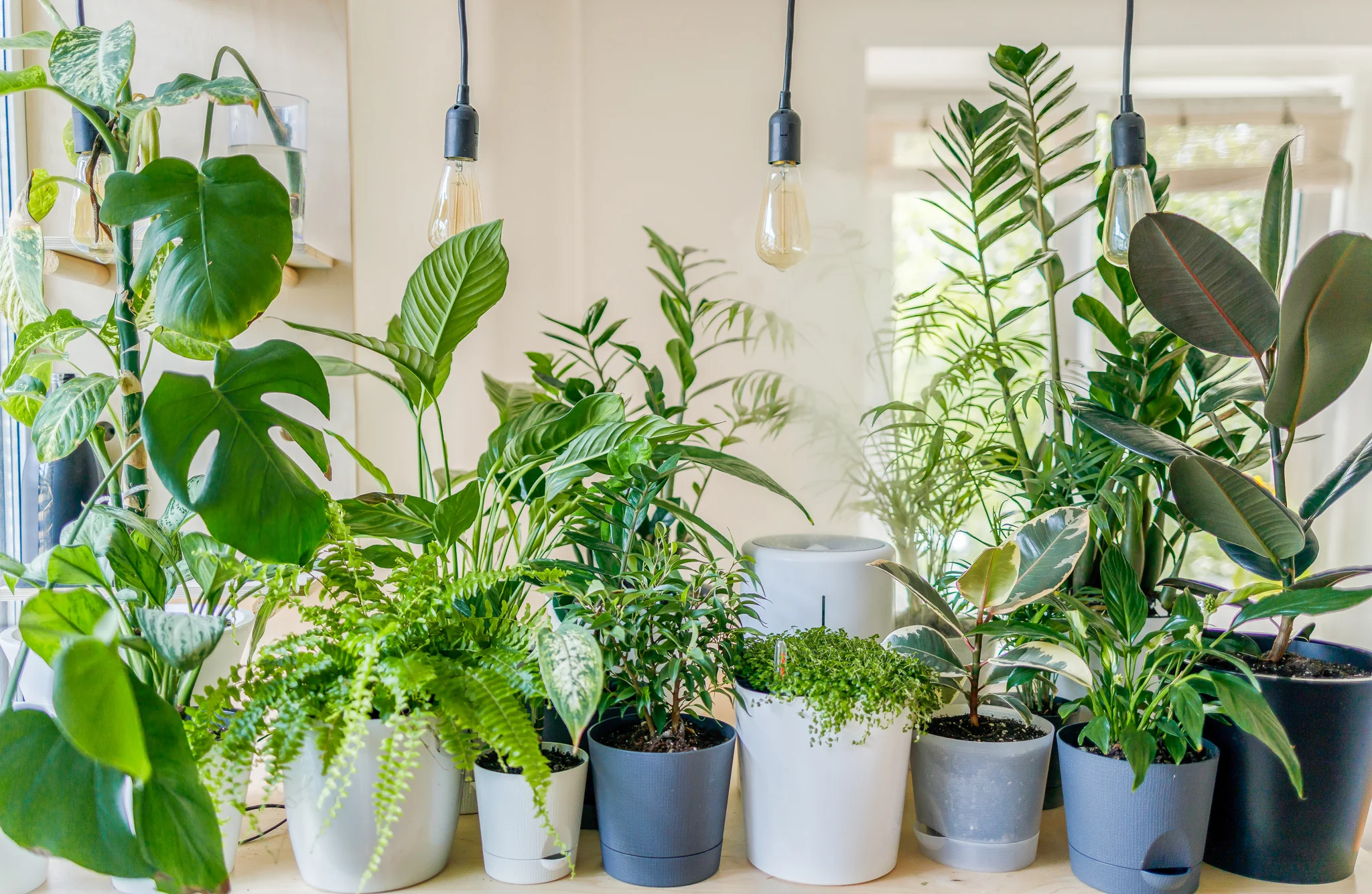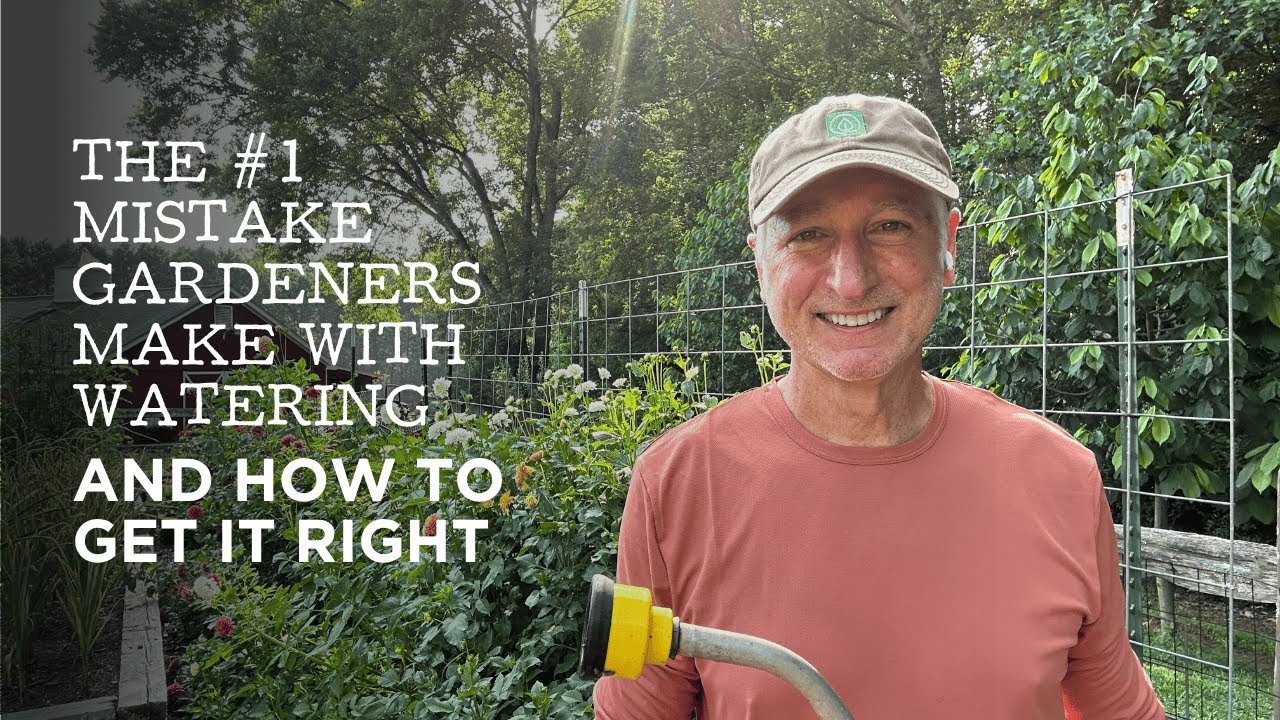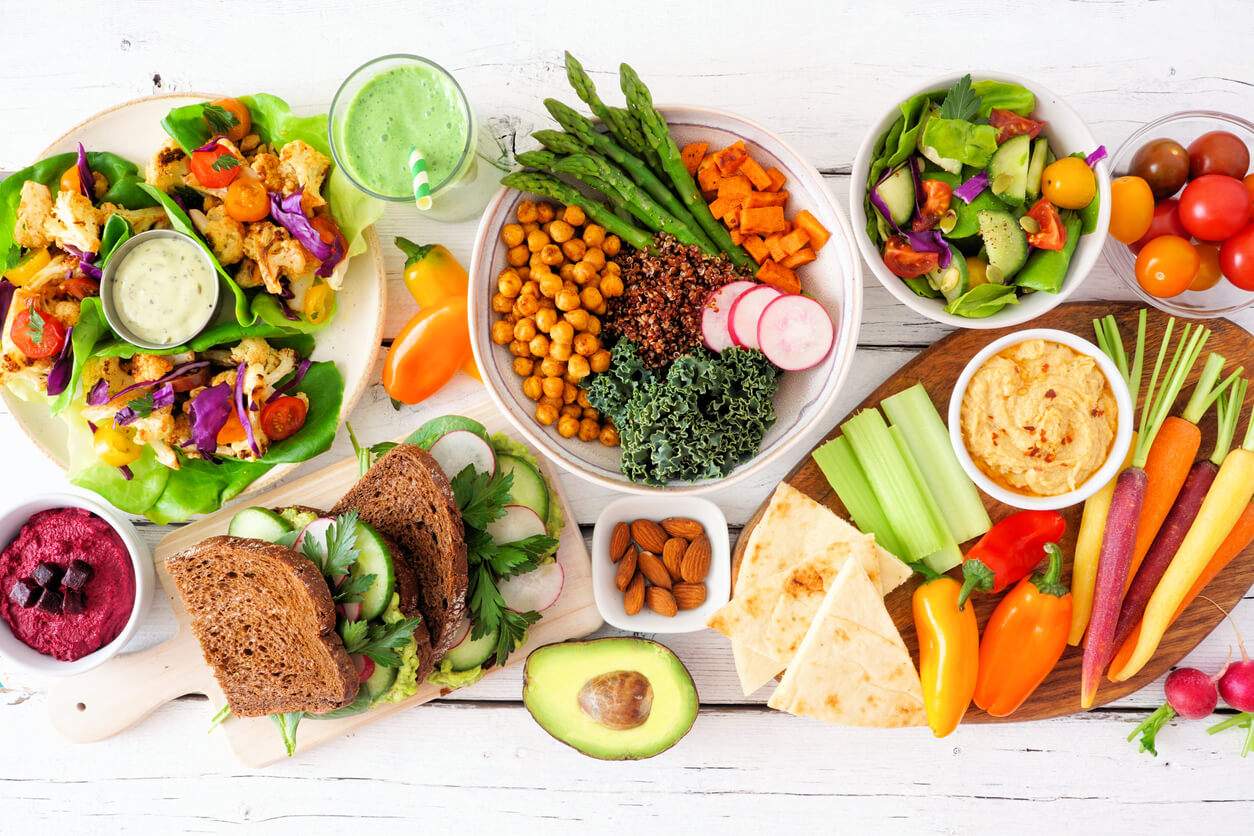Hydroponics means growing plants without soil. Plants get water, light, and nutrients directly. At home you can grow fresh vegetables, herbs, and microgreens all year. Hydroponics saves space and water. It is great for balconies, terraces, and small yards. This guide explains how to begin, step by step. It is written in clear, simple English and tailored to Indian readers.
Why try home hydroponics?
Hydroponics uses less water than soil gardening. It also gives faster growth and higher yields for many crops. You can grow leafy greens, basil, mint, coriander, and microgreens in small setups. Some people scale up to tomatoes and cucumbers later. Many Indian hobbyists now build low-cost systems at home and get steady harvests. inhydro.in+1
Types of simple home systems (pick one to start)
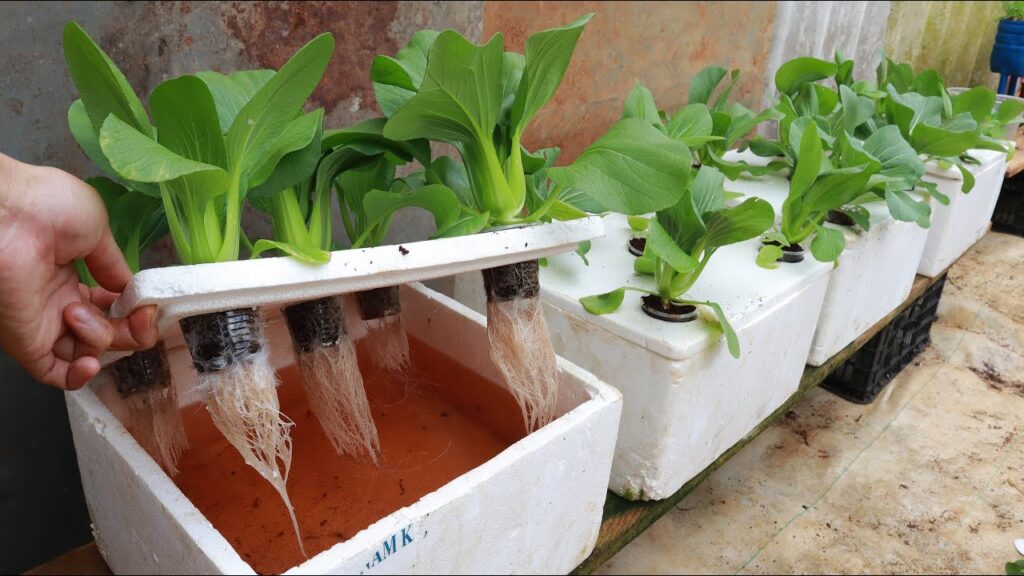
You do not need a lab to begin. Choose one easy system and learn it well.
- Wick system (very simple).
A reservoir holds nutrient water. A wick pulls solution up into the growing medium. Good for herbs and low-maintenance plants. It has no pump. Great for beginners. - Deep Water Culture (DWC).
Plants float on a lid above a tank of nutrient solution. An air pump and air stone keep roots oxygenated. DWC is easy and popular for lettuce and herbs. - Nutrient Film Technique (NFT).
A thin stream of nutrient water flows along a sloped channel. Roots touch the thin film and absorb water and nutrients. NFT suits small leafy greens on rails. - Ebb-and-flow (flood and drain).
Grow tray floods with nutrient solution and then drains back to a reservoir. A timer runs a pump. This is flexible but more parts are needed.
Start with a small wick or DWC setup. These are low-cost and forgiving. Later you can try NFT or ebb-and-flow if you want more yield. Instructables+1
Also Read How to Plant an Avocado: A Simple Guide for Indian Gardens and Balconies
What you will need (basic shopping list)
- A clean plastic tub or tray (food-grade).
- Net pots or small pots with holes.
- Growing medium: cocopeat, perlite, rockwool, or clay pellets.
- Air pump and air stone (for DWC).
- Submersible pump and timer (for ebb-and-flow).
- Hydroponic nutrient solution (balanced N-P-K + micro-nutrients).
- pH test kit and pH up/down solution.
- EC or TDS meter (recommended as you progress).
- Grow light (LED) if you lack good sun.
- Seeds or healthy seedlings.
This basic kit works for a simple balcony setup. Several Indian DIY guides show how to build affordable systems using these parts. inhydro.in+1
Step-by-step: build a simple DWC for beginners
- Choose a container. Use a 10–20 litre food-grade tub. Clean it well.
- Make holes in the lid. Space them to fit net pots. Lettuce needs 15–20 cm between plants.
- Add nutrient solution. Fill with clean water and mix hydroponic nutrients per the label. Check pH. Aim for pH 5.5–6.5 for most crops.
- Install aeration. Put an air stone in the tank. Connect to an air pump. Bubbles keep roots healthy.
- Place seedlings in net pots. Use cocopeat or clay pebbles around roots. Place plants in holes.
- Monitor. Check pH daily at first, then every 2–3 days. Refill water and adjust nutrients as plants use them.
For very small or temporary experiments, a wick system can work with no pump. For larger ambitions, use NFT channels or vertical racks. Guides tailored to Indian homes describe low-cost materials and local suppliers. Instructables+1
Water, nutrients, pH and EC — the three pillars
Hydroponics works because roots get a balanced nutrient mix. Use a good hydroponic nutrient pack and follow dose instructions. Keep these points in mind:
- pH control. Most vegetables like pH 5.5–6.5. Use a pH kit to test and adjust. pH outside this range reduces nutrient uptake. extension.okstate.edu+1
- EC / TDS (salinity). Electrical Conductivity measures nutrient strength. Young seedlings need a low EC; mature leafy crops can handle higher EC. If EC rises, top up with plain water. extension.okstate.edu+1
- Clean water. If your tap water is very hard or high in chloramine, use filtered or settled water. Residual chlorine can harm roots; let tap water sit 24 hours or use charcoal filter if needed.
Learning to read pH and EC is a core skill. Start simple and gain confidence. Several step-by-step resources show how to mix nutrients safely at home. Atlas Scientific+1
What to grow first (easy and fast wins)
Begin with fast, high-success crops:
- Lettuce and salad greens — very quick and reliable.
- Herbs — basil, mint, coriander, and parsley do well.
- Microgreens — harvest in 7–14 days and need minimal space.
- Spinach, pak choi, and baby greens — grow fast and tolerate hydroponics.
Avoid vining heavy feeders (large tomatoes, melons) until you have more experience. Indian growers often start with leafy greens and herbs to get steady results and quick satisfaction. Eden Green+1
Light and temperature needs
Natural sunlight is ideal. But on balconies or indoors you may need LED grow lights. Pick a full-spectrum LED or one targeted to plants (red + blue). For most leafy greens, 12–16 hours of light per day is good.
Temperature matters. Most common greens like 18–25°C. Hot summers in many Indian cities need shade or fans to cool the roots and leaves. In winter, protect plants from cold nights or move pots indoors. The Times of India
Maintenance routine (what to check and how often)
Daily: glance at plants for wilting or pests; check water level.
Every 2–3 days: check pH and top up water.
Weekly: measure EC and adjust nutrients; clean any algae from tank walls.
Monthly: change out nutrient solution (full drain and refill) for water hygiene.
Keep a small log: pH, EC, and any nutrient/top-up actions. This habit prevents problems and improves yields.
Common problems and quick fixes
- Yellow leaves: could be nutrient deficiency or pH out of range. Test pH and EC first.
- Algae in reservoir: block light to the reservoir and clean surfaces. Use opaque tanks.
- Root rot / bad smell: poor aeration or dirty water. Add aeration and change solution.
- Pests (aphids, whiteflies): use manual removal, neem oil spray, or sticky traps in small home systems.
Cost and space: realistic expectations for India
You can start very cheaply with a DIY wick or bottle system. A modest DWC kit with pump, tub, and few parts is low-cost for a single user. Larger multi-tier setups cost more and may need investment in lights and nutrient dosing. Many Indian blogs and start-ups recommend beginning small and scaling once you master basics. inhydro.in+1
Safety and food quality
Wash hydroponic produce before eating. If you use organic nutrient solutions, label them clearly. Keep all electrical parts dry and use proper outdoor-rated wires for balcony systems. Keep children and pets away from tanks and pumps.
Where to learn more (practical next steps)
Take a short hands-on workshop if possible. Follow step-by-step DIY guides and local suppliers that sell hydroponic kits and nutrients in India. Join growers’ groups to share tips and problem-solve quickly. Online guides also show low-cost Israeli and local designs adapted for Indian homes. iht.edu.in+1
FAQs — quick answers for Indian beginners
Q: How much water does hydroponics save?
A: Hydroponics can use 50–90% less water than soil growing because water recirculates. Savings vary by system and crop.
Q: Is hydroponics hard for beginners?
A: No. Start with a DWC or wick system and grow leafy greens. Learn pH and nutrient basics; then expand.
Q: Can I use regular fertiliser?
A: Use nutrients made for hydroponics. Garden fertilisers can have salts that harm roots. Follow instructions or buy hydroponic formulations.
Q: Where can I buy parts and nutrients in India?
A: Local gardening stores, online marketplaces, and small hydroponics suppliers sell kits, nutrients, and LEDs. Look for food-grade containers and reliable nutrient brands.
Q: Will my balcony get messy?
A: If set up properly, hydroponic systems are tidy. Use trays, opaque tanks to hide algae, and good cable management.
Final thoughts
Home hydroponics is a rewarding hobby and a practical way to grow fresh greens year-round. Start small, choose easy crops, and learn to manage water chemistry. With steady care you will harvest fresh, clean produce from your balcony or kitchen corner. If you want, I can share a simple shopping list and a step-by-step DIY plan for a budget DWC system suited to Indian homes. Which would you prefer?

